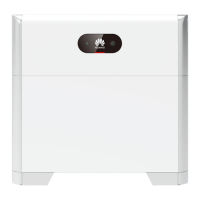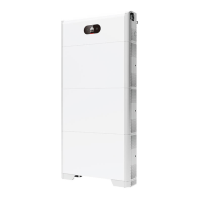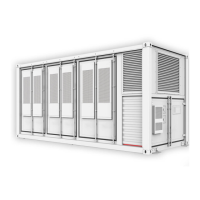LUNA2000-(5-30)-S0
User Manual
Copyright © Huawei Technologies Co., Ltd.
1.3 Electrical Safety
Grounding Requirements
For the equipment that needs to be grounded, install the protective earthing (PE) cable
first when installing the equipment and remove the PE cable last when removing the
equipment.
Do not damage the ground conductor.
Do not operate the equipment in the absence of a properly installed ground conductor.
Ensure that the equipment is connected permanently to the protective ground. Before
operating the equipment, check the electrical connection to ensure that it is securely
grounded.
General Requirements
Before connecting cables, ensure that the equipment is intact. Otherwise, electric shocks or
fire may occur.
Ensure that all electrical connections comply with local electrical standards.
Obtain approval from the local electric utility company before using the equipment in
grid-tied mode.
Ensure that the cables you prepared meet local regulations.
Use dedicated insulated tools when performing high-voltage operations.
DC Operation
Do not connect or disconnect power cables with power-on. Transient contact between the core
of the power cable and the conductor will generate electric arcs or sparks, which may cause
fire or personal injury.
Before connecting cables, switch off the disconnector on the upstream equipment to cut
off the power supply if people may contact energized components.
Before connecting a power cable, check that the label on the power cable is correct.
If the equipment has multiple inputs, disconnect all the inputs before operating the
equipment.
Cabling Requirements
When routing cables, ensure that a distance of at least 30 mm exists between the cables
and heat-generating components or areas. This prevents damage to the insulation layer of
the cables.
Bind cables of the same type together. When routing cables of different types, ensure that
they are at least 30 mm away from each other.

